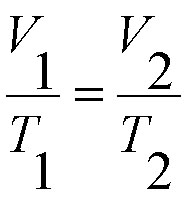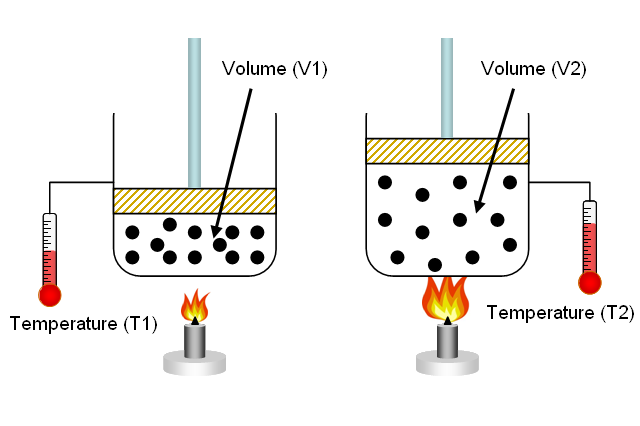Today's lecture was over our fourth gas law, the combined gas law. The combined gas law uses all of the variables: temperature, volume, moles, and pressure. The formula can be seen in the picture below for the combined gas law.
The formula for the combined gas law:
 Combined Gas Law
Combined Gas Law






